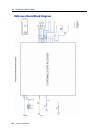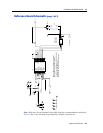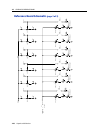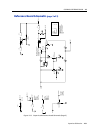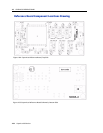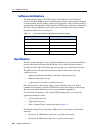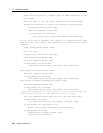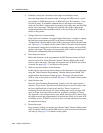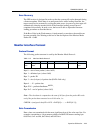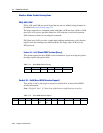
11 FIRMWARE UPGRADE
106 Copernicus GPS Receiver
Software Architecture
The Flash memory chip of the GPS receiver is divided into several functional
sections. The Boot ROM section is loaded during production and cannot be changed
or erased without special packets with password protection. The User Data section is
maintained by the application. The Copernicus GPS Receiver Firmware section holds
the main software application, and can be erased and loaded with a newer version
through the GPS receiver’s serial port.
Boot Monitor
The boot monitor module is a part of the Boot ROM section. It provides facilities to
perform checksum verification and RAM tests, and to read/write data from/to a
specified location in RAM or Flash, thus allowing the user to update the firmware.
The GPS receiver will enter the boot monitor mode if either of the following
conditions occurs:
• Application firmware checksum verification failed at power-up;
• RAM test failed at power-up;
• A special protocol packet is issued by the user.
Once the system is in the monitor mode, a special Monitor protocol is used to
communicate with the Copernicus GPS Receiver (here after referred as the Target).
The necessary details about this protocol are presented in Appendix A.
To return from the monitor to the normal GPS operating mode (i.e. execute the
application firmware), either
• Cycle the main power or
• Toggle the reset pin, or
• Send a “Restart Target” packet described on page 115.
The default settings for the Copernicus GPS receiver’s serial ports in the monitor
mode are:
• Serial port A: 38400 baud, 8 data bits, 1 stop bit, and no parity
• Serial port B: 4800 baud, 8 data bits, 1 stop bit, and no parity
Table 11.1 Functional Software Components and Memory Map
Word Address Software Component/Section
0x3FC000 – 0x3FFFFF Boot ROM
0x3F8000 – 0x3FBFFF <reserved>
0x3E0000 – 0x3F7FFF User Data
0x360000 – 0x3DFFFF Copernicus GPS Firmware
0x300000 – 0x35FFFF <reserved>



